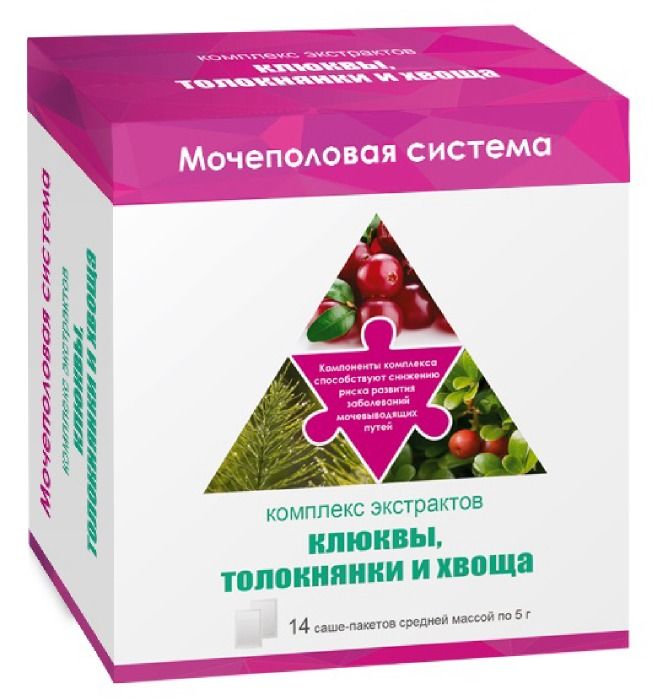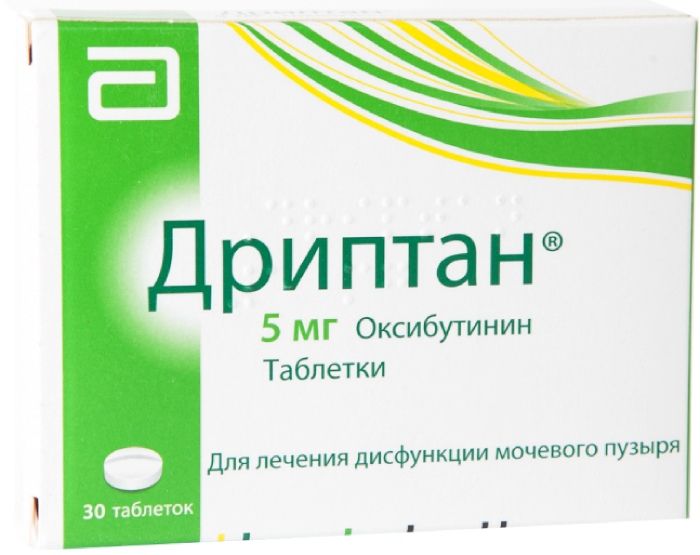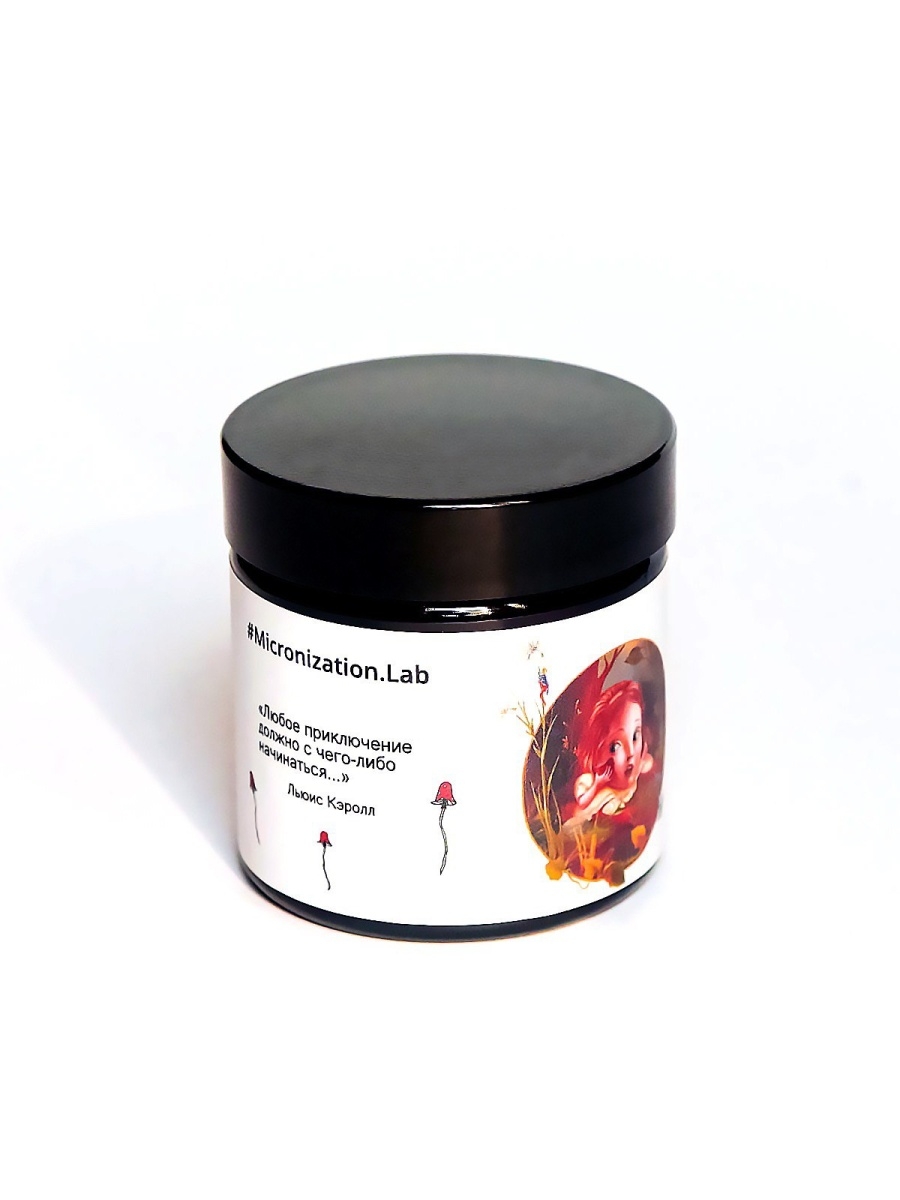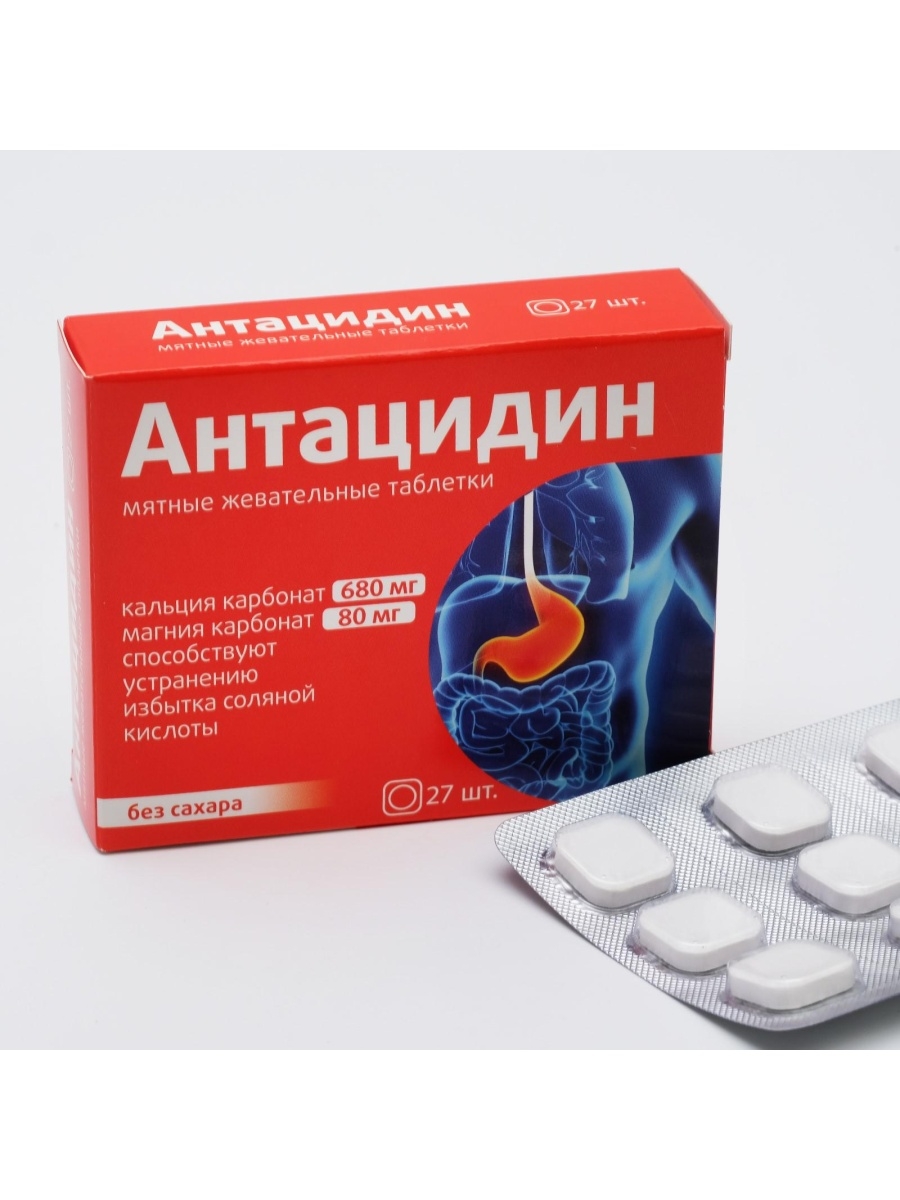- No products in the cart.
Driptan Valium 5mg 30 pc

Phytolysinum nefrokaps caps. 356mg 30 pieces
$12.32

Complex extracts of cranberry / bearberry / horsetail antitsistit then 5g 14 pcs WTF
$5.28
$16.94
Driptan Valium 5mg 30 pc
SKU: 59910697 Categories: Kidney and bladder, Medicaments, Urinary incontinence Tags: ATSINO RUS, oxybutynin
Description
Composition
Active substance:
1 tablet contains: oxybutynin hydrochloride – 5.00 mg.
Excipients:
Microcrystalline Cellulose – 17.8 mg; Lactose – 153.3 mg; calcium stearate – 1.9 mg.
Description:
White round biconvex tablets with a line on one side.
Product form:
Tablets of 5 mg.
30 tablets in blister PVC / aluminum foil.
1 or 2 blisters together with instructions for use in a cardboard box.
Contraindications
– hypersensitivity to the active substance or to any of the excipients; – myasthenia gravis; – closure glaucoma or shallow anterior chamber of the eye; – Patients with hyperthermia or in conditions of high ambient temperature due to the risk of thermal shock; – children under 5 years due to lack of efficacy and safety data; – violation of function of the esophagus, including hiatal hernia; – organic or functional obstruction of the gastrointestinal (GI) tract, including pyloric stenosis, paralytic ileus, intestinal atony; – the presence of ileostomy, colostomy, toxic expansion of the colon (megacolon), severe ulcerative colitis; – bladder outlet obstruction, urinary bladder, at which urine delay may be caused by including prostatic hypertrophy; – the period of breastfeeding.
Due to the fact that the preparation contains lactose, Driptan® contraindicated in congenital galactosemia, glucose-galactose malabsorption, lactase deficiency, galactose intolerance.
Precautions – the elderly due to the fact that they may be more sensitive to the drug (dose reduction may be required, see “Dosing and dose.”); – pathology of the autonomic nervous system; – other serious gastrointestinal diseases that are not listed in the “Contraindications” section; – hepatic or renal failure; – cerebrovascular disorders; – children older than 5 years due to the fact that they may be more sensitive to the action of the drug, especially in regard to the development of side effects from the part of the nervous system and mental disorders; – Pregnancy (see section “Pregnancy and lactation”.).
elderly patients should be cautious in making antiholinergicheskis agents because of the risk of cognitive impairment.
After assigning oxybutynin may increase symptoms of hyperthyroidism, coronary artery disease, chronic heart failure, hypertension, prostatic hyperplasia and cardiac arrhythmias, tachycardia.
Anticholinergic effects were noted in the nervous system (e.g., hallucinations. Excitation, confusion, drowsiness). It is recommended to state control, especially in the first few months of therapy after initiation of therapy or increasing the dose. You must consider discontinuing therapy or dose reduction in the event of effects in the nervous system (see. Section “Interaction with other medicinal products”).
Due to the fact that oxybutynin may be the cause of zakrytougolyyuy glaucoma, you should seek medical advice immediately if a sudden loss of visual acuity or pain in the eyes.
Caution must be exercised when receiving patients with oxybutynin iorfiriey as in tests on animals and in vitro drug caused an increase in synthesis porfirinogenov.
Long term assignment oxybutynin can promote dental caries by reducing or suppressing the production of saliva. Chronic administration of the drug requires regular supervision by a dentist.
It should be taken with caution anticholinergic medications simultaneously with the drugs (such as bisphosphonates). that can cause or exacerbate oesophagitis.
Dosage
5 mg
Indications
Adults – urinary incontinence, urgent urination and urinary frequency associated with a bladder function instability arising either as a result of disorders of neurogenic character (detrusor hyperreflexia) in diseases such as multiple sclerosis and spina bifida, or due to idiopathic disorders detrusor function (engine urgent urinary incontinence). – hyperactivity bladder that occurs after surgery on the bladder or prostate, or with concomitant cystitis.
Children over 5 years old – incontinence, urgent urination, and frequent urination associated with bladder function instability arising either as a result of idiopathic overactive bladder or bladder dysfunction neurogenic character (detrusor overactivity); – nocturnal enuresis associated with detrusor overactivity, in combination with a drug-free methods with the ineffectiveness of other therapy.
Interaction with other drugs
Care must be taken when using other preparation Driptan® anticholinergic drugs because of possible gain anticholinergic action.
There are reports of rare cases of interaction between anticholinergics and phenothiazines, amantadine, antipsychotics (eg phenothiazines, butyrophenones, clozapine), other anticholinergic antiparkinsonian drugs (eg, biperidsnom, lsvodoioy), antihistamines, quinidine, digitalis drugs, tricyclic antidepressants, atropine , atropine antispasmodics, and dipyridamole. Caution must be exercised while the use Driptan® preparation with these drugs.
The drug can affect the absorption of other drugs, reducing gastrointestinal motility.
Oksibutiiin metabolized by cytochrome P450 isoenzyme CYP3A4. Simultaneous treatment with inhibitors can inhibit CYP3A4 metabolism oksibutiiipa and amplify its action. Oksibutiiin can reduce the effects of prokinetic therapy.
Simultaneous treatment with oxybutynin cholinesterase inhibitors may reduce the effectiveness of the latter.
Alcohol may increase drowsiness caused by the reception of such anticholinergic drugs as oxybutynin.
Overdose
Overdose symptoms oxybutynin gradually increase the gain of the usual side effects of the CNS (with anxiety and emotional excitement to psychotic behavior), circulatory disorders ( “flushes” of blood, blood pressure drop, circulatory failure, etc.) to respiratory failure, paralysis and coma.
Treatment of overdose symptomatic: 1. Immediate gastric lavage. 2. In the case of life-threatening syndrome can be applied anticholinergic neostigmine bromide (or physostigmine) in doses according to the medical instructions.
Symptomatic treatment in the case of fever. With significant excitation or irritability must enter diazspama intravenously 10 mg.
In the case of development of tachycardia must enter intravenous propranolol.
When urinary retention catheter use.
In the case of paralysis of the respiratory muscles requires artificial ventilation.
pharmachologic effect
Pharmacological group:
Antispasmodic.
Pharmacodynamics:
Oxybutynin exerts a spasmolytic effect on the detrusor smooth muscle fibers, as well as anticholinergic activity, blocking the action of acetylcholine at the cholinergic receptors of m-smooth muscle. These properties contribute to a relaxation of the detrusor bladder. In patients with unstable bladder drug increases bladder capacity and reduces the frequency of spontaneous contractions of the detrusor.
Pharmacokinetics:
When administered oxybutynin it is rapidly absorbed in the gastrointestinal tract – the maximum concentration (Cmax) in plasma is achieved in less than 1 hour, and then decreases with the bi-phase half-life of 2-3 hours. Maximum effect is observed for 3-4 hours, residual activity may persist for more than 10 hours.
The equilibrium concentration is reached after 8 days of oral dosing. In elderly patients, leading an active lifestyle, oxybutynin, apparently, does not accumulate and its pharmacokinetics are not different from that of the rest of the adults. However, in debilitated elderly patients and the Cmax values of AUC (area under the curve “concentration-time”) significantly increased. Okibutinin extensively metabolized in the liver, primarily via the cytochrome P450 enzyme system, in particular CYP3A4, which is contained mainly in the liver and intestinal walls; metabolites also possess M-anticholinergic activity. The main route of excretion via the kidneys. Only 0.3-0.4% of unchanged drug in the urine of the rats is determined after 24 hours and 1% – in the urine of dogs after 48 hours Therefore, in rats and dogs oxybutynin almost completely metabolized..
Pregnancy and breast-feeding
Pregnancy
Safety of application of oxybutynin in pregnancy has not been established. Animal studies have shown that the use of the drug in doses that have toxic effects on the mother’s body, causing reproductive toxicity. Existing studies on animals not sufficient to evaluate the effect of the drug on pregnancy, fetal development, labor or postiatalyyue development.
The drug should not be used in pregnant women, except in those cases where the intended benefits to the mother of its use outweighs the potential risk to the fetus.
Breastfeeding
In animal studies it found that oxybutynin is found in breast milk. Accordingly, the drug should not be applied during breastfeeding.
Conditions of supply of pharmacies
On prescription.
side effects
Nausea, constipation, diarrhea, discomfort in the abdomen, urinary retention, drowsiness or insomnia, weakness, headache, dizziness, arrhythmia, impaired vision (mydriasis, paralysis of accommodation), increased intraocular pressure, decreased sweating, dry mouth, impotence, allergic reactions.
special instructions
The drug may cause drowsiness or blurred vision. Patients should refrain from driving or other mechanisms, except when their physical and mental abilities have not changed.
Storage conditions
Store at a temperature not higher than 30 ° C. Keep out of the reach of children.
Dosing and Administration
Orally (p.o.). A tablet can be divided into two equal parts.
Adults
The usual dose is 5 mg 2-3 times a day. If necessary, possible to increase the dose up to 5 mg 4 times a day, giving a satisfactory clinical results with good tolerability.
elderly patients
Elderly patients half-life may be increased, so an initial dose of 2.5 mg 2 times a day, usually is sufficient, especially in immunocompromised patients. Assuming a good tolerability, the dose can be increased up to 5 mg 2 times a day.
Children (over 5 years)
In unstable bladder: the usual dose is 2.5 mg 2 times a day. In order to achieve a clinical response the dose can be increased up to 5 mg 2-3 times a day with a good tolerability.
Nocturnal enuresis: 2.5 mg 2 times a day. In order to achieve a clinical response the dose can be increased up to 5 mg 2-3 times a day, provided good tolerability. The last dose should be taken at night.
Children (under 5 years)
Use of the drug Driptan® in children under 5 years is contraindicated (see. Section “Contraindications”).
Information
Appearance may differ from that depicted in the picture. There are contraindications. You need to read the manual or consult with a specialist
Additional information
| Weight | 0.100 kg |
|---|---|
| Manufacturer | ATSINO RUS |










There are no reviews yet.